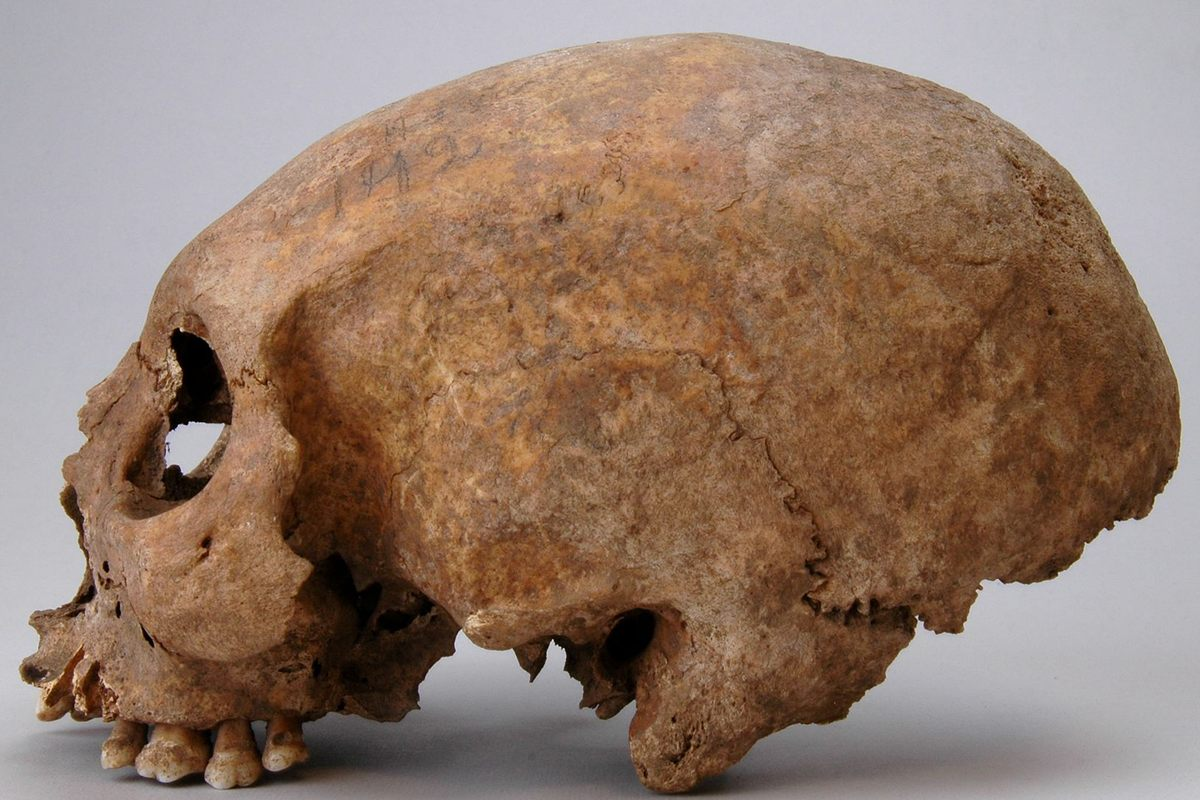Delving into the depths of Viking history, researchers have uncovered a remarkable aspect of cultural interaction: intentional cranial modification among Viking women. While the notion of filing teeth for various purposes is not uncommon in ancient civilizations, the discovery of deliberately reshaped skulls among Viking remains adds a fascinating layer to our understanding of their society.
In a study led by Matthias Toplak of the Viking Museum Haithabu and Lukas Kerk of the Westfälische Wilhelms-Universität Münster, skulls from the island of Gotland in the Baltic Sea were scrutinized. Among them, three adult women's skulls exhibited distinct oblong shapes, a result of intentional cranial modification practiced around 1,000 years ago. Published in Current Swedish Archaeology, this finding sheds new light on Viking interactions with diverse cultures.
The practice of cranial modification, though observed in various regions globally and still present in isolated communities today, had not been associated with Viking culture until now. Toplak suggests that Vikings might have adopted this practice during their trade expeditions.
People are able to reshape skulls using bandages on infant heads. © SHM/JOHNNY KARLSON/CC BY 2.5 SE
While the exact origin of these women remains uncertain, DNA analysis indicates their Baltic Sea heritage. It's plausible that their cranial modification occurred in regions like the Black Sea, where such practices were common, before returning to Gotland. The elongation of their skulls likely involved wrapping bandages around infants' heads during their formative years.
In modern times, medical professionals like Chief Jesse Goldstein of UPMC Children’s Hospital of Pittsburgh find parallels between historical skull modification and contemporary corrective measures for infant skull deformities. Although passive methods like bandaging likely had minimal impact on cognitive development, more forceful techniques could potentially pose risks.
The significance of these cone-shaped skulls among Viking women suggests they may have symbolized status or commercial success, rather than royal lineage. Their distinctive appearance would have distinguished them as individuals with extensive trade connections and perhaps societal influence.
Toplak speculates that these modified skulls might have conveyed ideals of beauty or membership in elite social circles, or possibly both. Regardless, they serve as tangible evidence of cultural exchange and the multifaceted meanings behind physical modifications throughout history.








